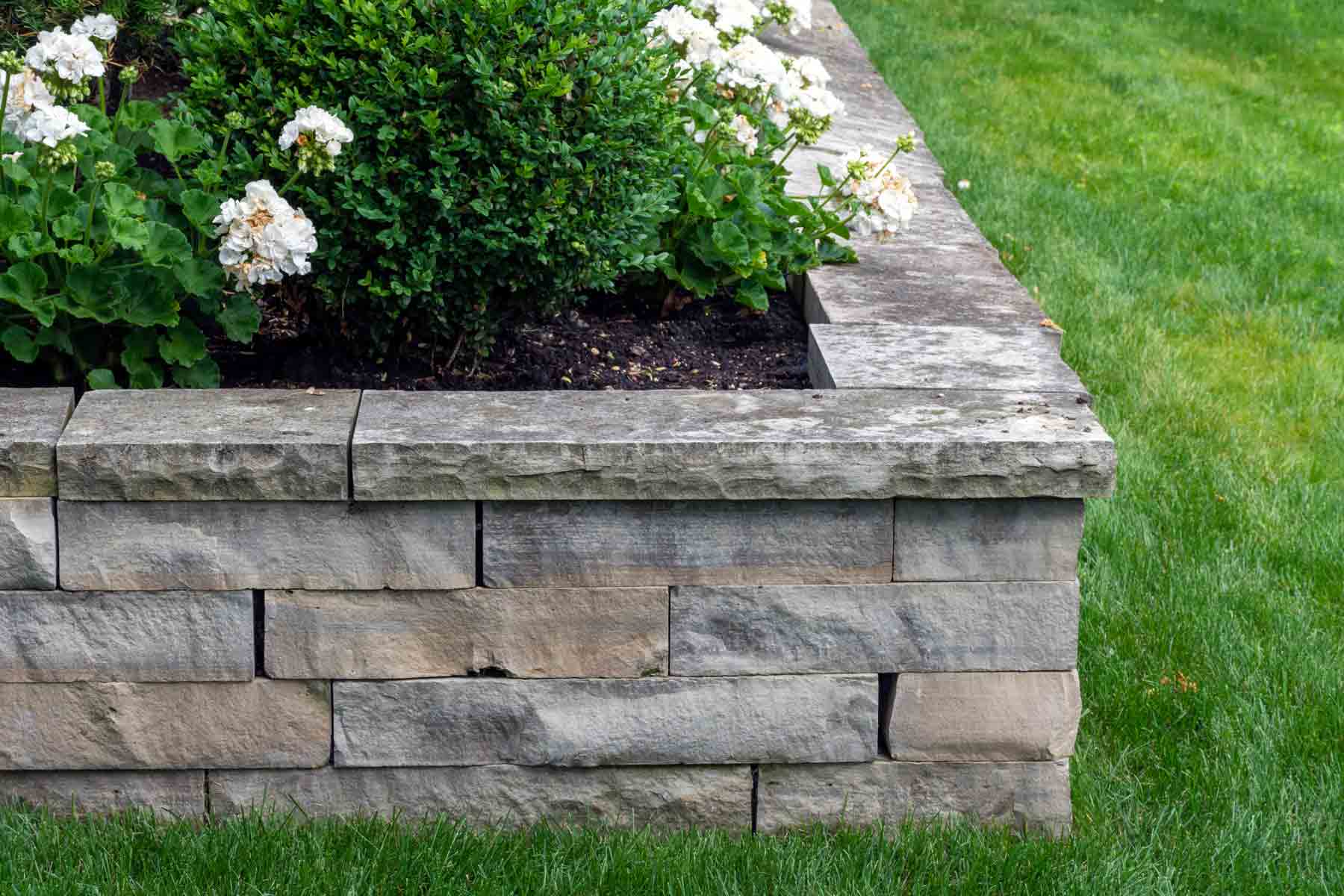Reputable Tuckpointing Services for Fixing Block and Stone Surfaces
Reputable Tuckpointing Services for Fixing Block and Stone Surfaces
Blog Article
Unlocking the Secrets of Lasting Stonework Building Practices for Eco-Friendly Buildings
Amongst the myriad methods to green building, lasting masonry building and construction stands out as a time-tested and long lasting approach that holds a wealth of untapped capacity. From the selection of materials to cutting-edge construction methods, the keys to achieving sustainability within masonry building and construction are multifaceted and appealing.
Advantages of Sustainable Stonework Building And Construction
Accepting sustainable masonry construction methods not just lowers ecological influence however also offers lasting economic benefits to home builders and communities. By making use of materials like recycled blocks, blocks, and rocks, builders can considerably decrease the carbon footprint of their tasks while promoting source effectiveness. Additionally, lasting masonry construction strategies, such as appropriate insulation and thermal mass buildings, can improve power effectiveness within structures, causing decreased functional costs gradually.
Furthermore, the sturdiness and resilience of masonry frameworks add to lasting economic benefits. Structures constructed using sustainable masonry methods frequently need much less upkeep and repair work, converting to cost savings for building contractors and building proprietors. The longevity of masonry materials likewise makes certain that frameworks remain steady and safe and secure, reducing the need for frequent remodellings or substitutes.
Eco-Friendly Masonry Materials
Using environment-friendly masonry products is a crucial action towards improving the sustainability of construction techniques and lessening environmental influence while maximizing long-term financial advantages. Sustainable stonework products are sourced, generated, and utilized in a fashion that decreases overall ecological influence. Sustainable concrete obstructs integrate recycled accumulations and might include better insulation buildings, contributing to energy performance in buildings.
Additionally, all-natural materials like adobe, rammed earth, and straw bales give outstanding thermal mass properties, minimizing the need for home heating and cooling energy. These products are usually in your area available, promoting regional economic situations and decreasing transportation-related carbon discharges. By picking environment-friendly stonework products, building projects can dramatically lower their ecological footprint and contribute to the creation of much healthier, much more sustainable built environments.
Energy-Efficient Stonework Techniques
Power effectiveness plays a critical function in boosting the sustainability of stonework construction methods. One key energy-efficient stonework technique is the usage of thermal mass, which involves incorporating thick materials like concrete or block into the structure's structure to soak up and keep warm.

Technologies in Lasting Stonework
Current developments in sustainable masonry techniques view have actually produced cutting-edge methods that are improving the building market. One such advancement is the growth of self-healing concrete, which uses bacteria installed within the concrete to heal splits autonomously. This breakthrough not just minimizes maintenance expenses but additionally boosts the longevity of masonry structures, adding to their sustainability.
One more significant advancement is using recycled accumulations in masonry building and construction - masonry contractor. By integrating materials such as smashed ceramic waste or recycled glass into concrete blends, builders can lower the environmental influence of building tasks while preserving structural stability. This technique not just diverts waste from land fills but likewise conserves natural deposits, making it an essential innovation in sustainable stonework construction
In addition, the combination of electronic design devices, such as Structure Info Modeling (BIM), is reinventing the means masonry frameworks are prepared and built. BIM permits more specific calculations, decreased product wastage, and boosted energy effectiveness, eventually leading to even more lasting structure methods. These developments collectively symbolize an encouraging future for lasting masonry construction in the age of green buildings.
Future Trends in Masonry Sustainability
With the ingenious strides made in sustainable masonry techniques, the future fads in stonework sustainability are positioned to more revolutionize the construction market. Among the essential trends shaping the future of stonework sustainability is the enhanced combination of innovation. Improvements such as Building Info Modeling (BIM) and digital fact simulations are being made use of to maximize stonework building processes, causing minimized material waste and boosted power effectiveness in buildings.
Additionally, the development of unique lasting materials is set to play a substantial duty in improving the eco-friendliness of masonry building and construction. masonry contractor. Technologies like self-healing concrete, recycled accumulations, and bio-based binders are getting traction for their ability to reduce ecological effect while maintaining architectural stability

Conclusion
In final thought, sustainable masonry building and construction techniques use numerous benefits for environment-friendly buildings. By utilizing environment-friendly materials and energy-efficient techniques, masonry can contribute to a more sustainable developed atmosphere. Innovations in lasting stonework are continually being created to better boost the environmental performance of buildings. Looking in the direction of the future, the fad of stonework sustainability is anticipated to grow, causing more ecologically pleasant and energy-efficient building and construction techniques in the years ahead.
Report this page